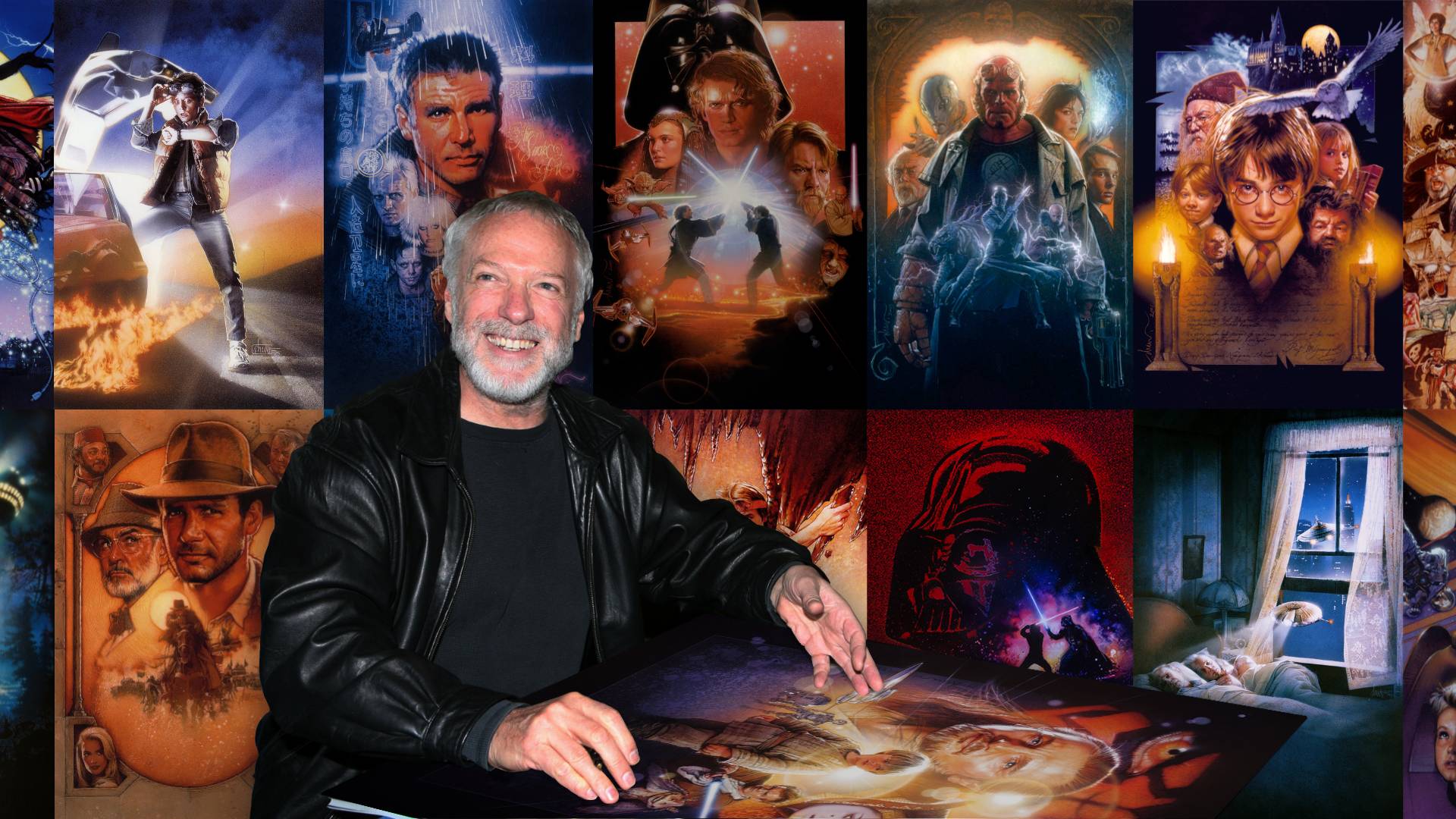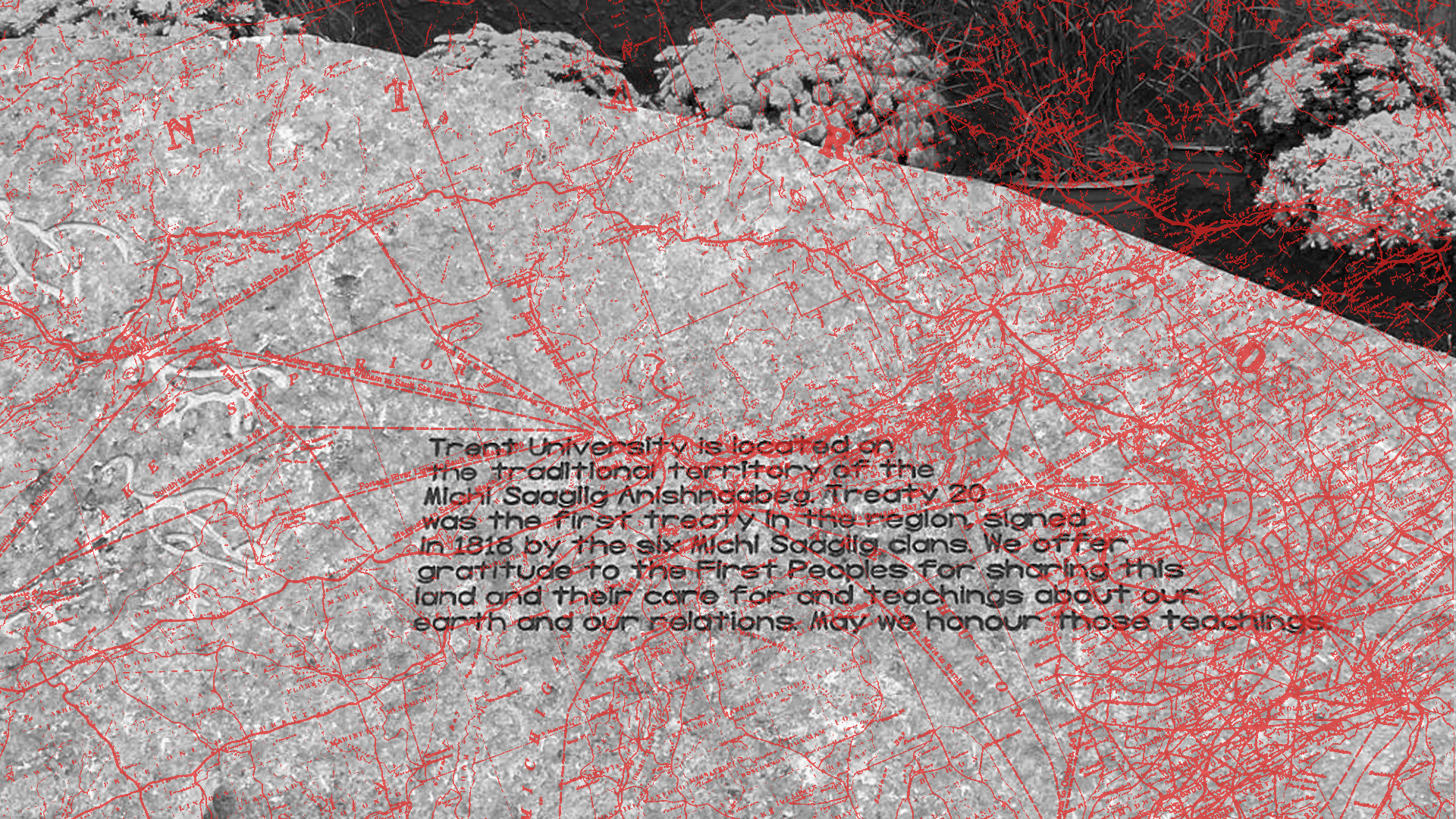While on a Paul Newman survey I dug out his directorial debut Rachel, Rachel (1968) on DVD, based on Margaret Laurence’s 1966 novel A Jest of God. Not bad for a first-time effort and a low budget to have 4 Oscar nominations (Best Picture, Best Adapted Screenplay, Best Actress for Joanne Woodward, and Best Supporting Actress for Estelle Parsons) and it won two Golden Globes: Best Director and Best Actress (Drama).
I love the story about Margaret Laurence receiving $30,000 from Newman for the screen rights to her novel, just after the Canada Council turned down her grant application, when she lived in Elm Cottage in Buckinghamshire. Newman reset the location to Connecticut from Manitoba, and shot the film close to his home outside Westport, CT. According to Telefilm Canada this film isn’t considered Canadian. By contrast Porky's (1981) meets all the criteria.
So, what is truly a Canadian feature film?
It’s a similar problem with The Luck of Ginger Coffey (1964), which I introduced at a Canadian Film Institute screening in October 2017, as part of the 150th celebration of films which were shot in Ottawa.
The film, directed by Irvin Kershner, was favourably reviewed by critics in Canada and abroad and was a modest box office success. Yet, because it was directed by an American and had British lead actors, it was not considered "Canadian" by some critics. It was, however, nominated and won best feature at the 17th Canadian Film Awards in 1965.
Personally, I view it as a quintessentially Canadian film in that the location is clearly identified — unlike the CCA era productions of the late 70s when Canada was just a Hollywood backlot.
The title character is a “new Canadian” played by Robert Shaw, an experienced UK actor, so the casting is true to the original novel by Northern Irish-Canadian writer, Brian Moore, who wrote his first screenplay for this production.
It’s notable that the bulk of the financing came from Canadian investors. If you are evaluating The Luck of Ginger Coffey via a Telefilm Canada bureaucratic checklist, the film does not have enough “points” to qualify as Canadian. However, its look and feel are pure Canuck. The exteriors were all shot in downtown Montreal and the interiors in the Ottawa area. The black and white cinematography is stunning.
Back in the 70s and 80s we were under the impression that foreign owned theatre distributors and exhibitors were the impediment for getting Canadian films to market. Well, during the time that Gerry Schwartz of Onex Corporation Toronto owned Cineplex (2001- 2009), I didn't see any appreciable increase in Canadian films making it onto our screens. So much for that theory.
It's true that Australia and New Zealand both have good domestic film production and distribution. Even then, the best ANZAC directors moved on to Hollywood as often as their Canadian counterparts. For my money Denis Villeneuve is the best Canadian film director export to world cinema. I recommend his 2010 film Incendies, which is remarkably prescient as the current conflict in Gaza illustrates.
My all-time favourite Canadian film is The Grey Fox (1982). Unfortunately, Vancouver director Philip Borsos died young at age 41, and the film was unavailable for 40 years until it was released by Kino Lorber on DVD in 2020.
The next on my list is Claude Jutra’s Mon oncle Antoine which received the Criterion two DVD treatment, with extra features in 2014. The attention in both cases is well deserved.
The Toronto International Film Festival (TIFF) releases a Ten Best Canadian films list every ten years in 1984, 1993, 2004 and 2015. I notice that many of the titles on the complete list were created in the 1970s and 1980s with a few in the 1990s.
It’s reasonable, then, to view these periods as the golden era of Canadian feature film production. Goin’ Down the Road and Mon oncle Antoine appear on all four lists, but The Grey Fox dropped off 20 years ago.
I am looking forward to 2026 when the next TIFF list should appear. Hopefully there will be more recent titles deserving attention from Canadian audiences. Readers may recall the Canadian Images Festival which was organized at Trent University from 1978 to 1984. It highlighted and celebrated Canadian film and media productions. Queen’s University eventually picked up the torch in 2001 when the Kingston Canadian Film Festival launched, and it continues today.
As noted Canadian film professor Peter Harcourt and Take One publisher Wyndham Wise write in their revised Canadian Encyclopedia entrym: “In spite of recent economic setbacks, Canadian cinema, in whichever language, from whatever culture, and in whatever mode, has never had such an assured and respected place in the world.” After reviewing the last 60 years of feature films in this country, I find myself similarly assured and hopeful for the future of Canadian cinema.


.png)

.jpg)





.jpg)

.jpg)

.jpg)









.png)